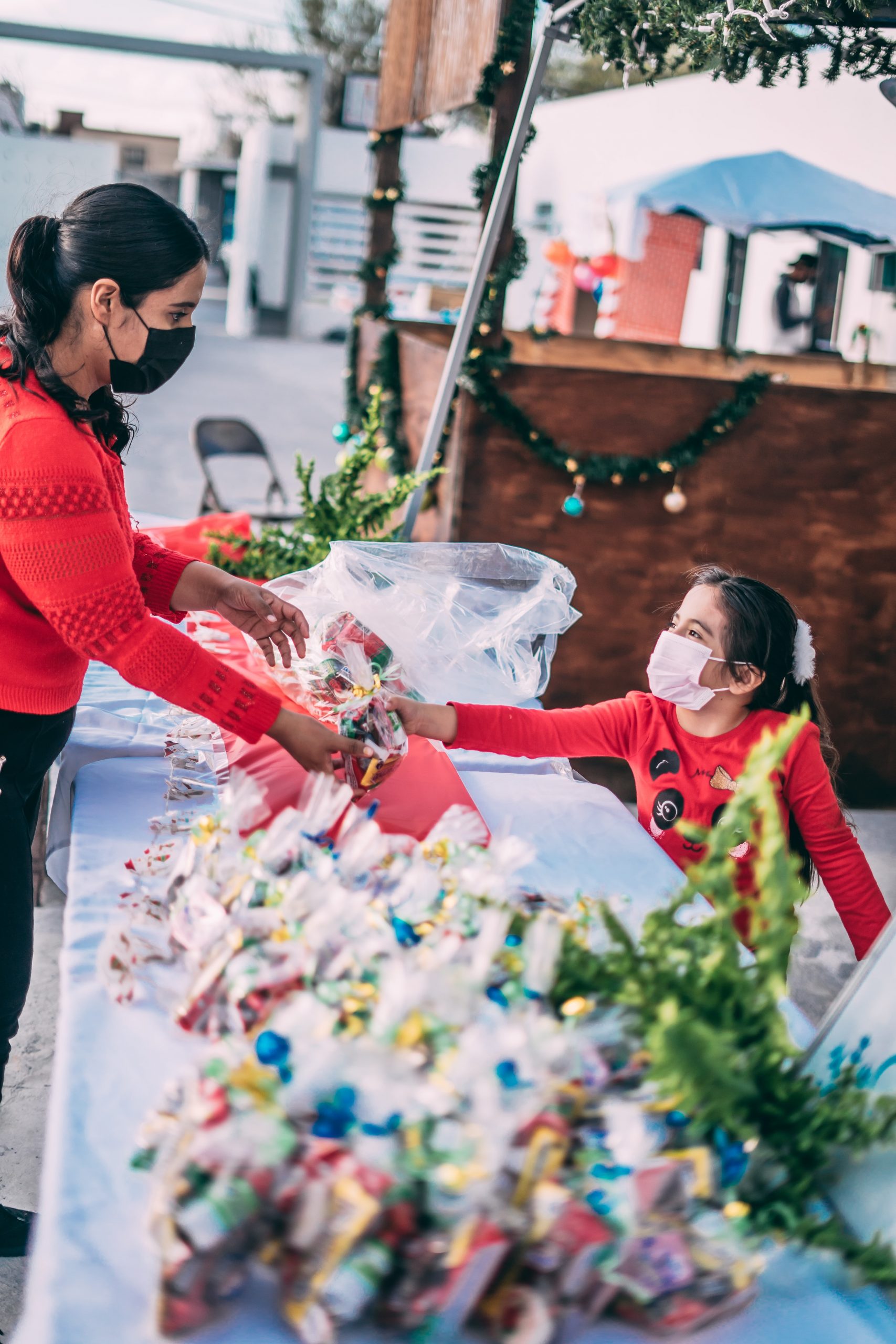

Culture vs Language – Holiday Lessons


Second semester is a time full of holidays you can (or are expected to) teach, and there are countless activities you can do. However, as you plan for your lessons, you may start to wonder from what perspective should you come about it. Should you focus primarily on target language with a holiday spin? Or should you go at it from a more cultural perspective where you introduce how your culture celebrates it?
On the one hand, you’re an English teacher not a social studies teacher and not teaching the language at all in favor of activities is skipping your job description. On the other hand, you’re a foreign hiree for a reason. Plenty of Japanese people are fluent in and teach English, you aren’t hired exclusively for your native accent. To only teach Christmas in terms of telling kids how to say “reindeer” or answer “What do you want for Christmas?” is a wasted opportunity.
The short answer is both. However, the long answer is that “both” is easier said than done. You may be sitting there with your strict textbook or holiday vocabulary cards and wonder how to go about it. Do you just have the kids play a Christmas Karuta game or sing a simple Christmas song and call it a day? Or do you want to take fifteen minutes from the lesson to do something cultural but less connected to the main goal of the day? Plain and simply, sometimes you have to choose.
If you’re an elementary school teacher planning a lesson for first or second grade, I recommend going more fun and cultural, particularly if you only have those grades once a month or so. Unless your school is big on drilling English from a young age, in most instances the main goal of that age is for students to have a feel for English and view the subject and language fondly. If you focus on teaching them words like reindeer, elf, or sleigh, the odds of them memorizing the vocabulary are very small. However, if you have your kids make Christmas cards or ornaments or play a fun new game they are more likely to remember how much fun they had in an English class for the rest of their lives. Which isn’t to say you should forgo having vocabulary and language, because of course not, it should be implemented naturally within your lesson.
For older students, this may be a little more complicated. Fifth and sixth graders on up have tests they need to prepare for and guidelines that may be harder to stray away from, and unless you can find time after a test or something, chances are you simply won’t have time to do a full-fledged Christmas or Halloween or what-have-you lesson. Instead, you may want to try to focus seasonal activities into your ordinary lessons—both the language focus and cultural!
For teaching holidays in terms of cultural activities, one way is to incorporate it into the warm-up activities. I have third and fourth grade kids singing songs at the start of class anyway, so I try to add a simple seasonal song as well. For fifth and sixth graders I found a short video explaining the history of Halloween with Japanese subtitles that I showed them.
For language focus with older grades, I will often take existing lessons and make them seasonally themed. Instead of “What color/food/etc do you like?” interview games, I will have them do ones like “What monster/costume/candy do you like?” For fifth graders, I have them make original Halloween characters for “He can/She can” grammar patterns. I also have them do a lesson where they’re supposed to introduce their town to a foreigner, but instead have them write the letter to Santa (where they can also ask for what they want).
Regardless, no matter what holidays you decide to teach your students, whether you do it for a full lesson or simply a single activity, you want to provide them with a wealth of knowledge while also having a lot of fun. I know some of my favorite childhood memories of school were fun activities we did during holidays—give your students that very same experience.

A. C. – Fujimino ALT






